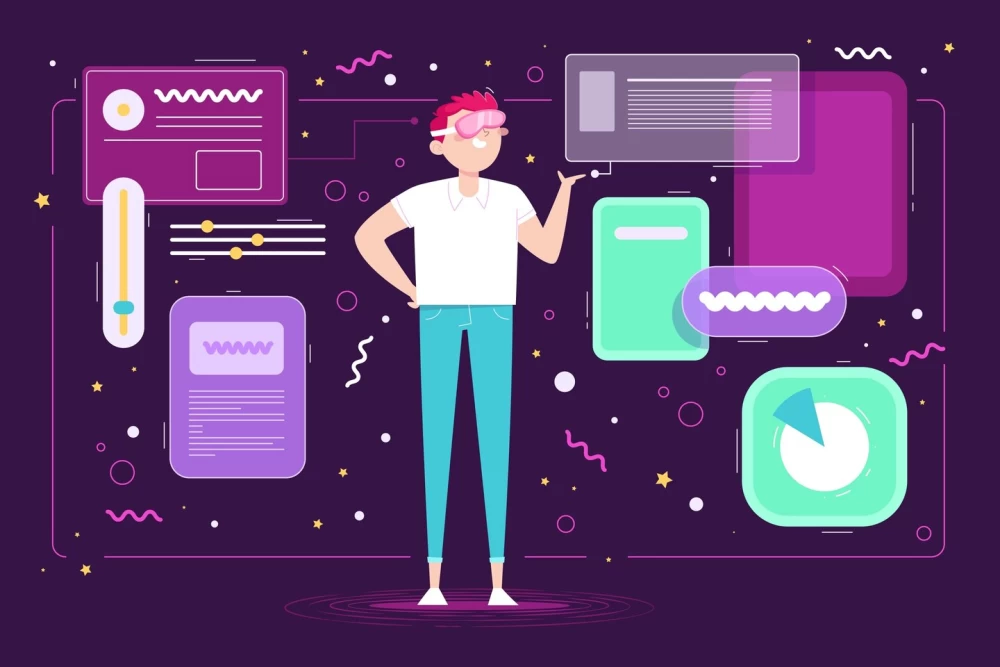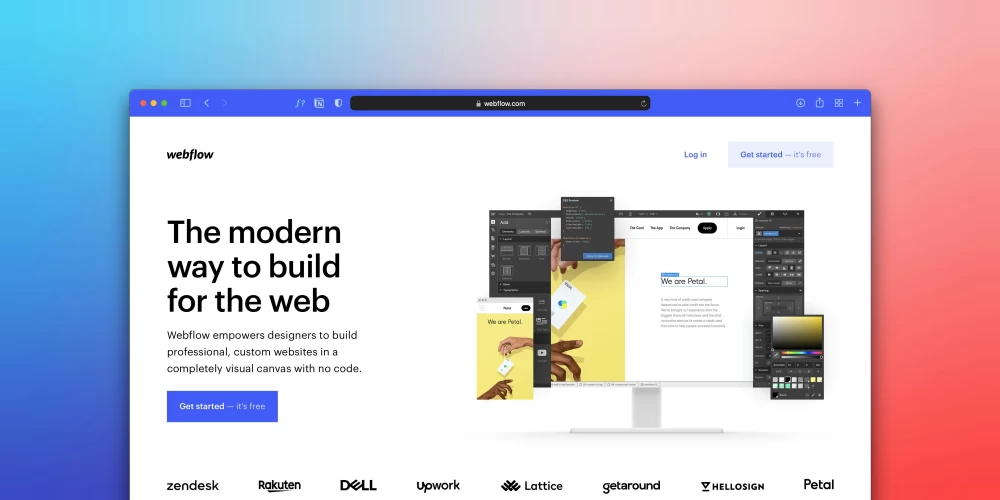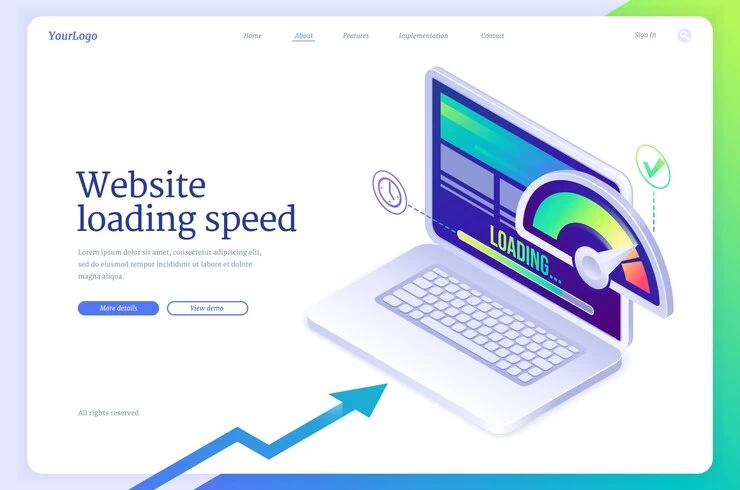Table of Contents
Whether a web designer works independently or as part of a larger business, excellent websites are the result of a team effort between the designer and their customer. Clients' guidance and participation in web design projects are crucial to their success.
It's natural for businesspeople to talk openly about the demands of clients. However, if we want to provide excellent service to our customers, we must also meet their demands, even if we fail to recognise them.
Keeping this in mind, let's examine the core features that our web design customers expect from us. It's possible that some of these are immediately noticeable, while others are more subtle.
When working with web designers, clients have certain expectations and requirements. Here are some key aspects that clients typically expect from web designers:
Technical expertise:
Clients rely on web designers to possess strong technical skills and expertise in various aspects of web design, such as coding languages, content management systems, responsive design, and search engine optimization (SEO). They expect designers to stay updated with the latest industry trends and best practices.
Creative and visually appealing designs:
Web design clients want visual quality. They want web designers who can produce beautiful, engaging designs that match their brand and reach their target audience. Clients want unique websites, not cookie-cutter templates.
Clients recognise the importance of making a lasting impression on visitors in the competitive digital market. They want web designers to be creative and innovative throughout the design process. They desire designers who challenge conventional design principles.
A beautiful website also works. Web designers must combine aesthetics and usefulness. The design should engage and streamline the user experience. It should establish a visual hierarchy to highlight key information while maintaining a unified and engaging design.
Clients also want the design to match their brand. They expect web designers to grasp their brand's values, personality, and target audience and design accordingly. The website should visually represent the company, evoke the intended emotions, and connect with visitors.
Web designers must follow design trends, methodologies, and technology to match these expectations. They should seek inspiration, try new design tools, and play with visual components. Web designers can exceed customer expectations by staying current on design trends.
Clients want web designers that can create aesthetically beautiful designs. They want designers that can combine creativity, originality, and a strong grasp of their brand to build a website that grabs attention and makes a lasting impression. Web designers can build confidence by meeting these expectations.
User-friendly and intuitive interfaces:

Clients appreciate smooth website navigation. They know a good user experience boosts engagement, conversions, and satisfaction. Thus, clients expect web designers to prioritise usability and create intuitive, easy-to-use interfaces.
Clients value easy navigation. They want web designers to create intuitive navigation menus that help users navigate the site. Clients expect site designers to apply user-friendly labelling and organise content so users may easily discover what they need.
Creating a seamless user experience also requires logical information hierarchy. Web designers should organise content to highlight key points and lead people through the site. Designers can help users comprehend the website's objective and discover what they need by considering information hierarchy.
Clients want web designers to use images and typography to improve usability. They encourage designers to pick legible, attractive typefaces. Visual components like icons and photos help clients communicate and interact. Web designers should combine aesthetics and usability to complement information and enhance user experience.
Web designers should carefully research the target audience's preferences, behaviours, and needs to match these expectations. Designers may create user-friendly interfaces by understanding their audience. Usability testing and user feedback during design can also improve user experience.
Clear communication and collaboration:
Clients greatly appreciate the website designers that can effectively communicate with them and actively involve them in the design process. Designers that make timely and clear communication a top priority earn high marks for keeping clients and teams on the same page. Web designers owe it to their clients to keep them in the loop about the status of the project and to address any questions or issues they may have along the way.
In order to build trust and confidence with their clients, web designers must respond quickly. Clients appreciate designers that respond quickly to their inquiries, suggestions, and problems. Customers appreciate it when they are kept in the loop and have confidence that their demands are being met.
Keeping clients involved and informed requires consistent communication about the project's development. Web designers owe it to their clients to be transparent about the project's schedule, major milestones, and any unforeseen obstacles. Web designers encourage openness and facilitate client planning through regular communication of any developments.
In addition, clients value the chance to offer input at various stages of design. They want to have a hand in designing the final product and want web designers to pay close attention to their suggestions and concerns as they develop the site. Clients feel more invested in the project's success when designers show they respect their input by actively seeking their feedback and incorporating it into the design process.
Web designers who involve their customers in making decisions about design components like colour palettes, layouts, and more are taking a customer-focused approach. They get that the client's ideas and expectations are the foundation of a successful project. Web designers may meet their clients' needs and the needs of their intended audience by listening to and acting on their feedback and suggestions.
To add to this, web designers should foster an atmosphere that welcomes and rewards healthy dialogue. They should listen to their customers, acknowledge their issues and inquiries, and offer solutions when appropriate. By working together towards a same goal, employees and clients are more likely to have a productive experience.
In the end, a successful and satisfying web design experience is a result of good communication and customer participation. Clients love site designers who are responsive, who keep them informed, and who keep them involved. Web designers can construct a site that not only satisfies the client's needs but also impresses them by listening to and responding to their feedback.
Attention to detail and quality assurance:
Clients expect web designers to have a meticulous approach, paying attention to every detail of the design. They want designers to ensure that the website functions smoothly across different browsers and devices, with minimal bugs or errors. Quality assurance and rigorous testing are crucial to deliver a polished final product.
Timely project delivery:
Meeting deadlines is essential for clients. They expect web designers to adhere to agreed-upon timelines and deliver the completed website within the specified timeframe. It's important for designers to manage their workload effectively and communicate any potential delays in advance.
Ongoing support and maintenance:
Many clients seek web designers who offer post-launch support and maintenance services. They expect designers to be available for troubleshooting, updates, and addressing any issues that may arise after the website goes live.
Remember, client expectations may vary depending on the specific project, industry, and client preferences. Effective communication, understanding client needs, and delivering high-quality work are crucial for building strong and lasting relationships with clients.














